I've been researching ways of combining the outputs of different renewable energy sources (e.g. solar panels and DC rectified wind turbines) to provide a single output that could then be connected to a charge controller.
I've started with two theoretical sources in parallel, each with approximately the same voltage but potentially different maximum wattage outputs and probably different I-V curves.
These sources would also be operating independently e.g. one could be running at maximum capacity while the other was idle.
From my research so far - including helpful answers here on EE.SE - it seems there are potentially two methods (1) and (2) in the diagram below. The first uses two diodes in what I believe is an OR combination and the second uses a dedicated charge controller for each source output.
My question: Are there any other options for achieving this that might offer an improvement over two diodes but without the increased cost, size and weight of multiple PWM/MPPT chargers?
Initially I imagined/assumed some sort of 'current summing circuit' - but so far I've not found anything suitable.
If the potential solution was based on an active circuit - it would need to run off the battery it was charging.
